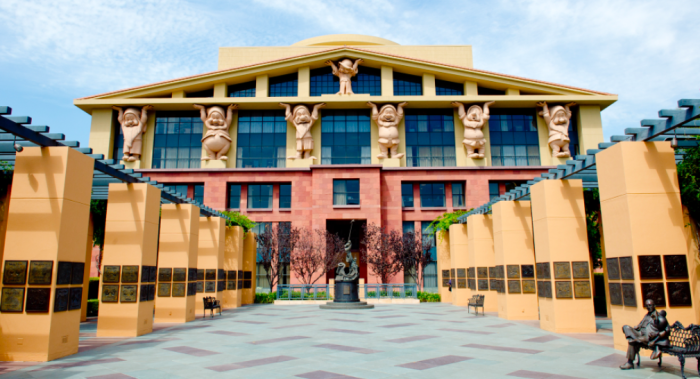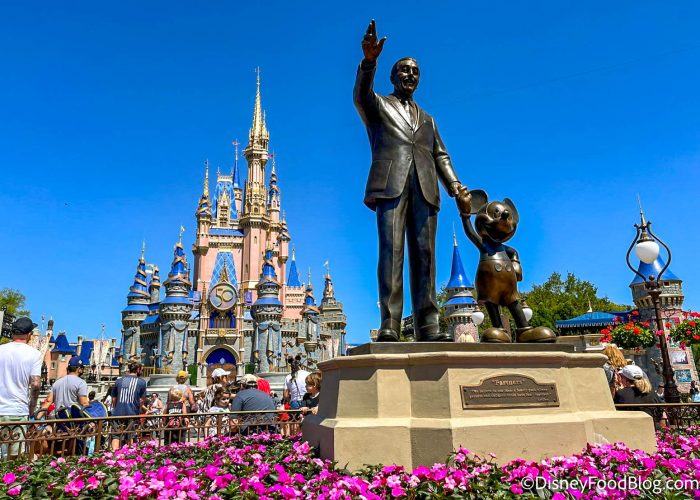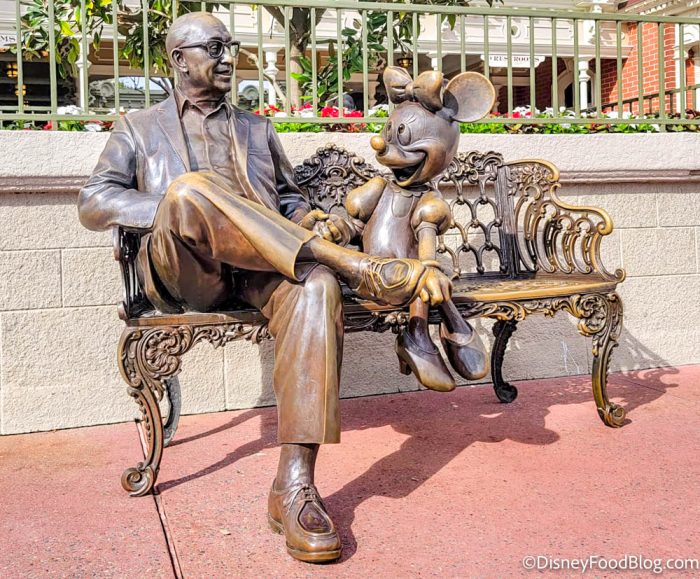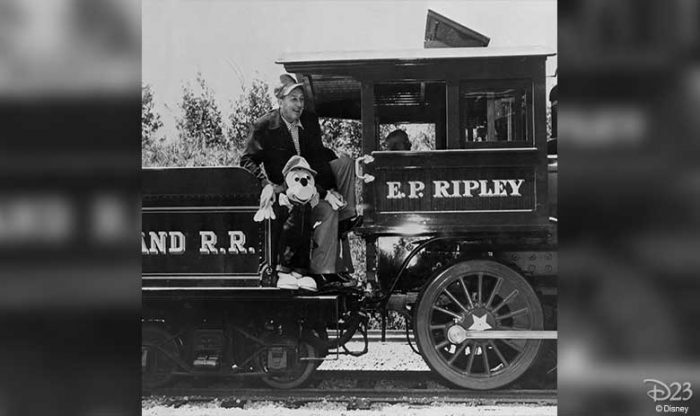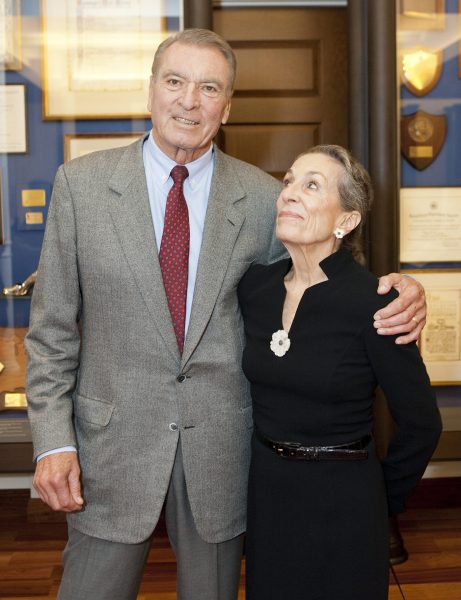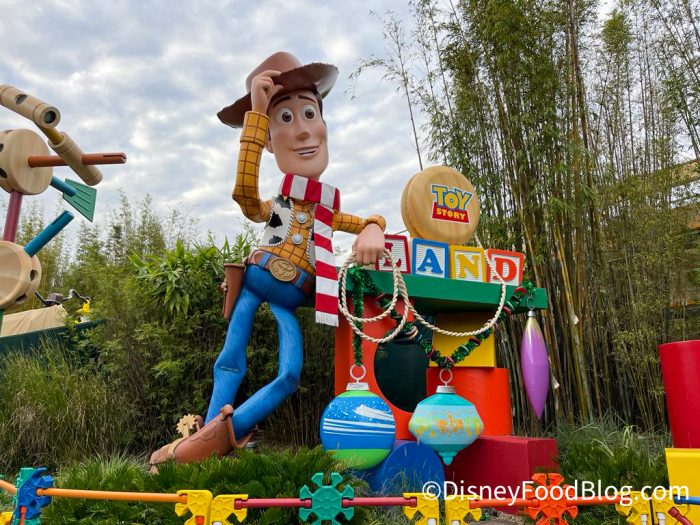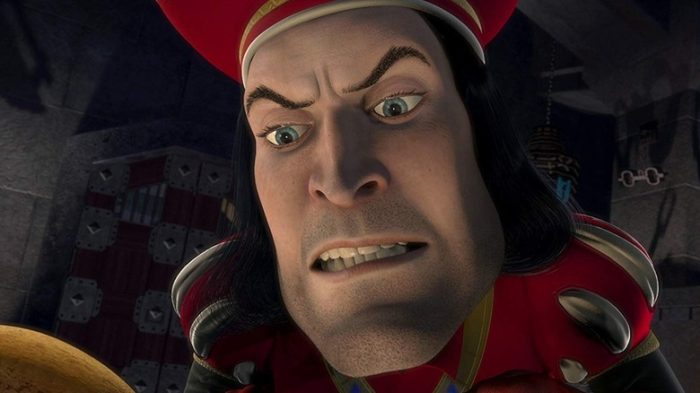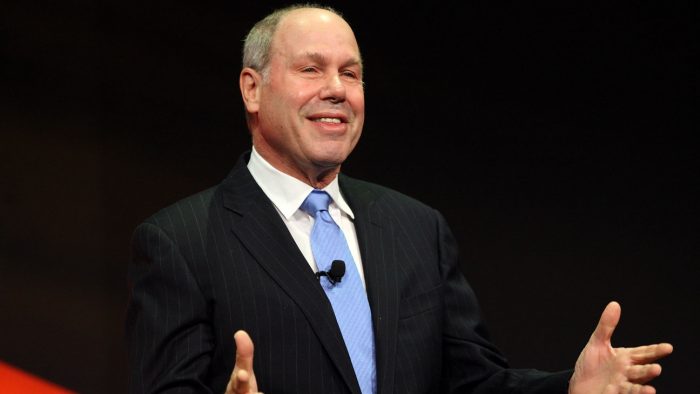The Walt Disney Company is one of the most watched corporations in the world, and the spotlight has certainly been on it over the past month – as CEO Bob Chapek stepped down, and former CEO Bob Iger was brought in to replace him.
There’s plenty of speculation now about why Chapek was replaced, whether Iger can make a difference, and even who will replace Iger when he retires from the company for a second time.
But Bob Chapek is certainly not the first controversial CEO of The Walt Disney Company. In fact, anyone running a company as large and powerful as Disney probably cannot escape the top job without some controversy. So today, we’re looking at some Disney CEO scandals from the past that you probably forgot.
Walt Was Never CEO
That’s right – the man who the company was named for was NEVER the CEO of The Walt Disney Company. Why? Well, the CEO position was not created until 1971.
Walt was the president of the company until his death in 1968, when his brother Roy O. Disney took over. Roy became the company’s first CEO when the job was created in 1971.
Walt May Have Failed on His Own
While Walt Disney was the famous founder of the company and its creative force, Roy O. Disney was there all along, running the business side of things. Without Roy, the company may not have reached the level of success it has.
While Walt finished a project and then moved on to his next one without a thought, Roy recognized the value in the Intellectual Property being created, and started the company’s merchandising and licensing business in 1930. Roy also started Disney’s distribution company – Buena Vista – so that the company could stop paying outside film distributors.
The Brothers Fought Over Disneyland
But while Roy was seen as the business genius in the family, he famously did not want to build Disneyland. Walt was so determined to build it without Roy that he started a new company and leveraged his personal finances – even selling his home – to start the project.
Roy would not relent and allow Walt to use company money until Walt devised a plan to bring on an investor. The brothers’ partnership with ABC represented its entry into both the theme park business and TV.
This Disney CEO Was Ousted By His Own Family
Ron Miller, Walt’s son-in-law, was CEO of The Walt Disney Company for a brief time in 1983-84. The company was in trouble – it had sunk more than $1 billion into building EPCOT which was succeeding but needed time for the investment to pay off. In addition, heavy investment had been made in starting the Disney Channel, and the movie business was reeling from box office flops including “Something Wicked This Way Comes” and “TRON.”
An investor – Saul Steinberg – was buying up shares of the company in what appeared to be a bid to take over. Under Miller’s leadership, Disney bought back Steinberg’s shares at a premium. This and other 1980s corporate takeover bids with similar results led to new laws and regulations and a new term for buying up shares of a company as a threat and then selling them back at a premium – it’s now called “greenmailing.”
Another Disney family member – Roy E. Disney – son of Roy O. Disney, nephew of Walt Disney, led the charge to fire Miller and bring in an outsider – Michael Eisner – as Disney’s new CEO.
A Failed Theme Park Project
In the early 1990s, CEO Michael Eisner planned to build a regional theme park in the Washington, D.C. area, near Haymarket, VA. Much like it had in Central Florida in the 1960s, Disney began secretly buying up land, amassing about 10,000 acres. Disney’s America, as the park was to be called, faced opposition from area residents and historians before the project was even announced.
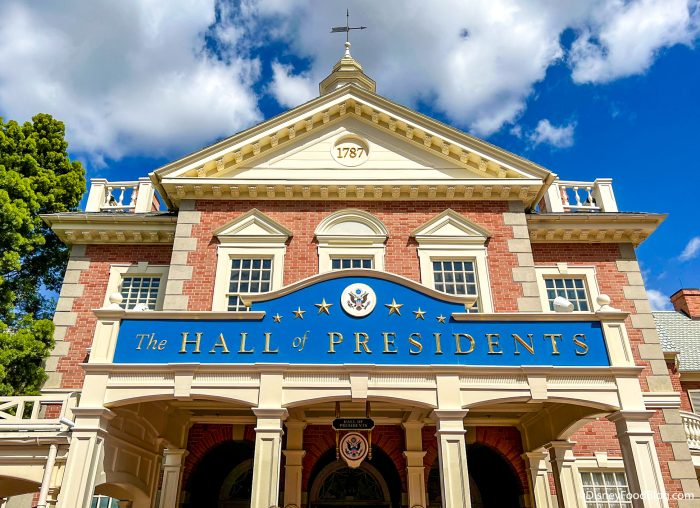
Early plans for Disney’s America included the relocation of The Hall of Presidents attraction from Florida to Virginia
After a protracted war of words that played out in The New York Times, a march on Washington to protest the park, and even Congressional hearings about the plan, Eisner pulled the plug on the project in the fall of 1994.
Eisner Played Hardball with Pixar … and Failed
Under CEO Michael Eisner, Disney financed and distributed Pixar’s first feature film, Toy Story, with Pixar getting 12.5% of the box office receipts. After its stunning success, Pixar saw the profits Disney was making from the licensing deals for Toy Story characters, and renegotiated a 5-movie deal in which both Disney and Pixar would split all the costs and profits down the middle.
After the successful debut of Monsters, Inc., Pixar CEO Steve Jobs tried to renegotiate a more favorable deal with Disney CEO Eisner. The two reached an impasse…and Pixar, which had re-invigorated Disney’s animation business, walked away. Jobs came back to the negotiating table when Bob Iger took over as CEO a few years later – resulting in the $7.4 billion sale of Pixar to Disney in 2006.
The Disney CEO Lampooned in Shrek
Jeffrey Katzenberg – who Michael Eisner had hand-picked to run Walt Disney Studios – walked away from The Walt Disney Company in the mid-1990s following a dispute with (this name keeps coming up) board member Roy E. Disney and Eisner. He sued the company and settled out of court for $250 million, which he sunk into his own animation studio – DreamWorks SKG, founded with Stephen Spielberg and David Geffen.
The villain in the DreamWorks smash hit Shrek, Lord Farquaad, was reportedly modeled after Eisner. Now, we will note that while this has been widely reported, the movie’s co-director told Entertainment Weekly that the speculation about the inspiration for Farquaad is not true.
CEO’s Presence Forced a Disney off the Board
Roy E. Disney (there’s that name again) quit The Walt Disney Company Board in 2003, citing mismanagement by CEO Michael Eisner, morale problems, declining investment in and business at Disney’s theme parks, the loss of creative talent, and Eisner’s failure to name a successor.
“In conclusion, Michael, it is my sincere belief that it is you who should be leaving and not me,” Disney wrote in his resignation letter. Roy W. Disney went on to start a website – the now-defunct savedisney.com – where he blogged about Eisner’s failings.
That’s a look at the Disney CEO scandals you may have forgotten — how many of these do you remember?
If you’re planning a Disney World trip soon, we’ve got lots of information to help you save money and time. Check out these posts:
- Disney Will Raise Prices in 2023. Here’s When To Be Ready.
- The ONLY MagicBand+ Guide You NEED to Read for Disney World
- These Will Be the Hardest Disney World Dining Reservations to Get in 2023
- Our NEW Tips for Saving BIG in Disney World!
Join the DFB Newsletter to get all the breaking news right in your inbox! Click here to Subscribe!
Don’t Miss Out on Any Disney Fun!
Pre-Order Your Copy of the 2023 DFB Guide to Walt Disney World Dining Today!
 With more than 750 pages, the 2023 DFB Guide to Walt Disney World Dining is full of tips and planning tools developed by Disney World experts over 30+ years of visits. We’ve done the research for you, so you’ll know just which spots will uniquely suit your family’s needs!
With more than 750 pages, the 2023 DFB Guide to Walt Disney World Dining is full of tips and planning tools developed by Disney World experts over 30+ years of visits. We’ve done the research for you, so you’ll know just which spots will uniquely suit your family’s needs!
With mini-reviews of every single restaurant, bar, lounge, kiosk and more; an entire chapter on the best snacks in Disney World; full Disney Dining Plan analysis (and how to get FREE dining); and a full chapter on discounts and deals; you’ll have everything you need to plan your best vacation yet.
Click here to pre-order your copy of the 2023 DFB Guide to Walt Disney World Dining E-book with code WDW2023 to save 25% off the cover price today!
Use code WDW2023 at check-out for 25% off the cover price today!

Our guides are backed by a 100% money-back guarantee, so you have nothing to lose. 
Who do you think has been the best Disney CEO? Tell us in the comments!
The post The Disney CEO Scandals You’ve Forgotten first appeared on the disney food blog.


